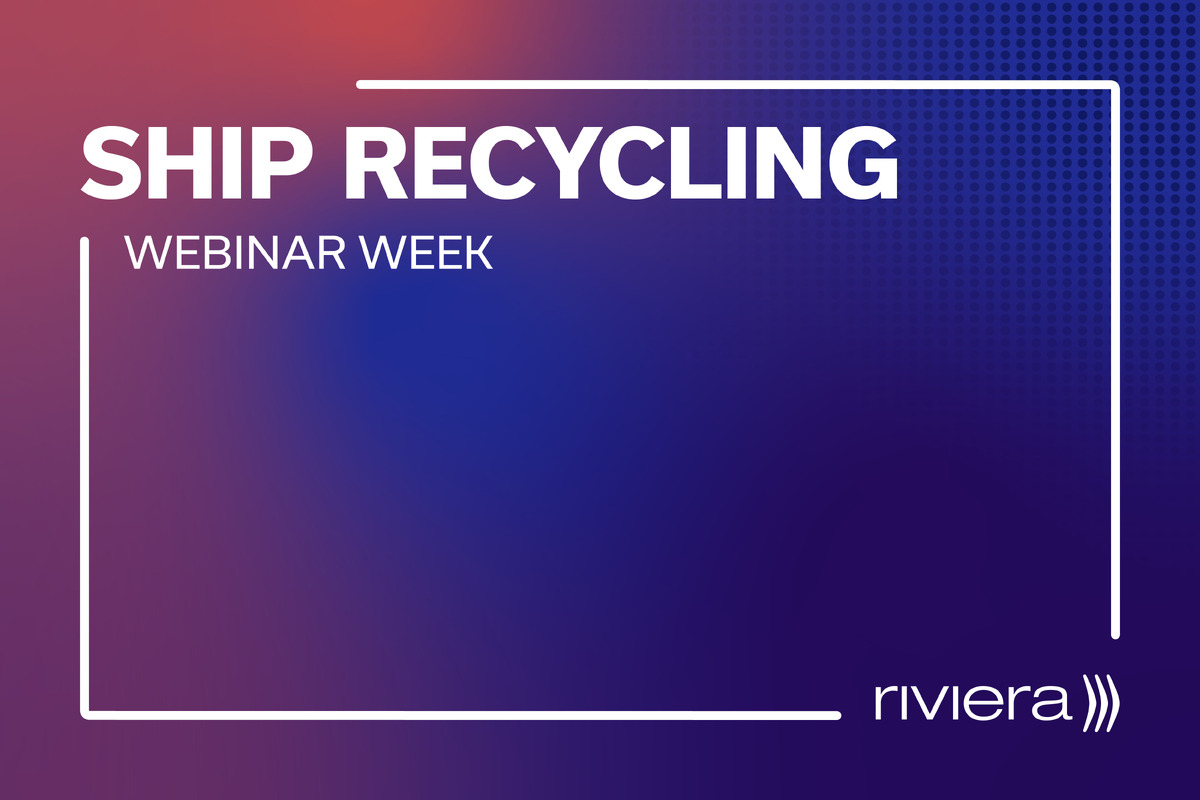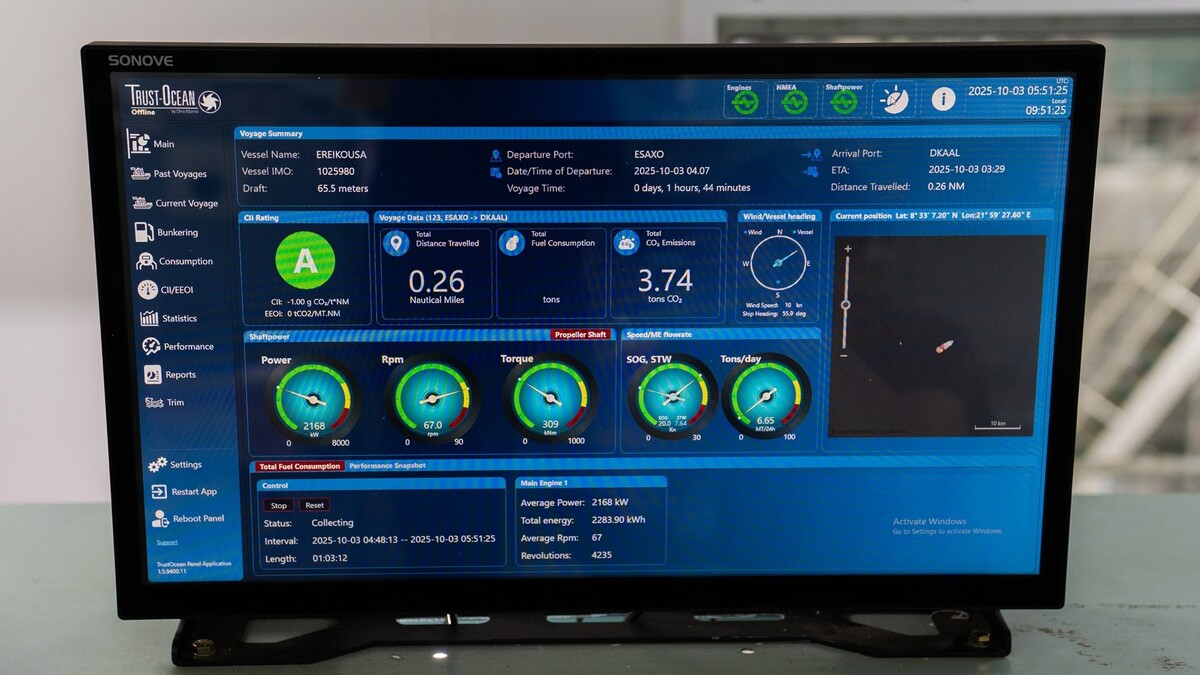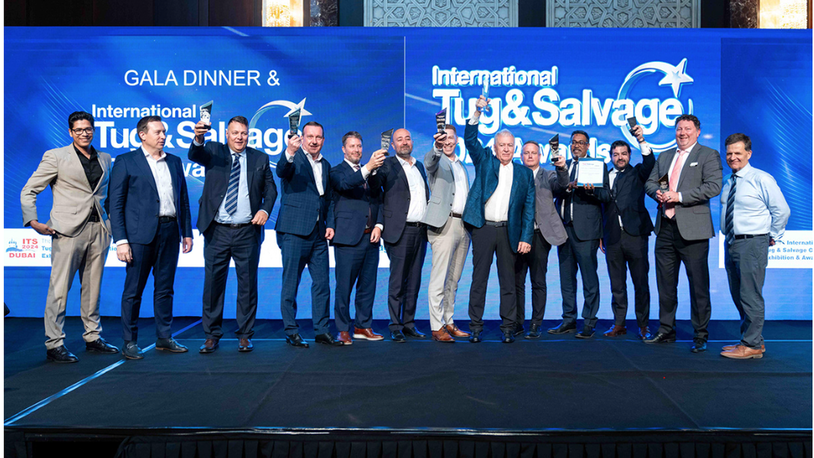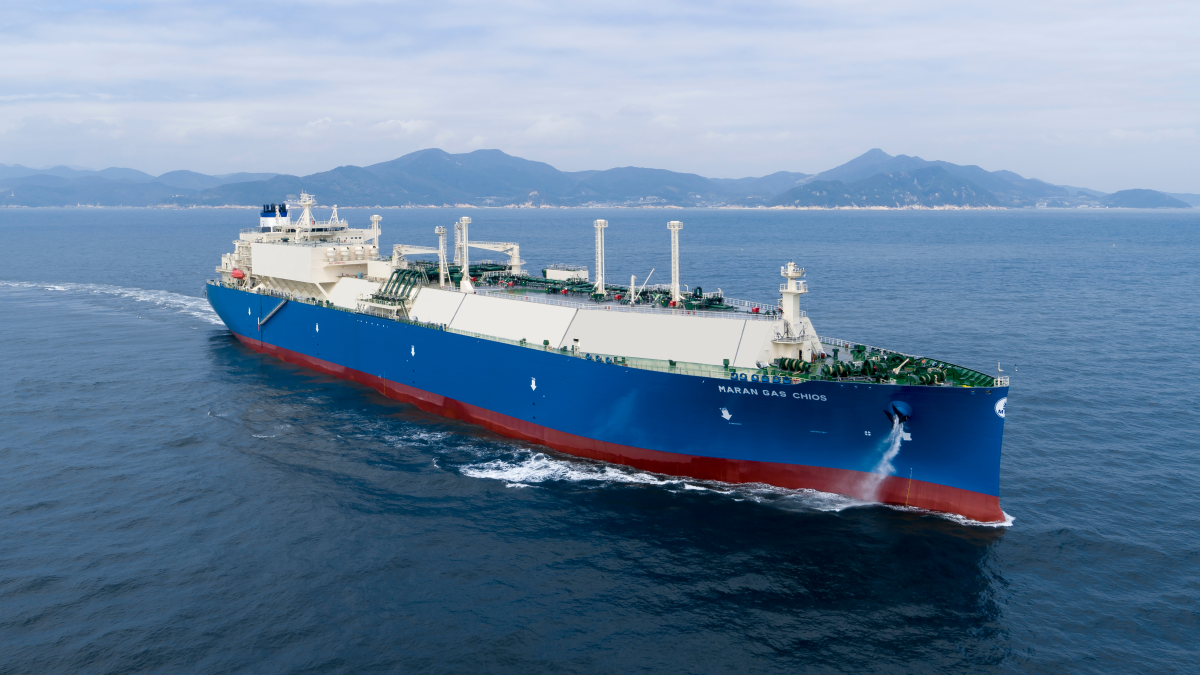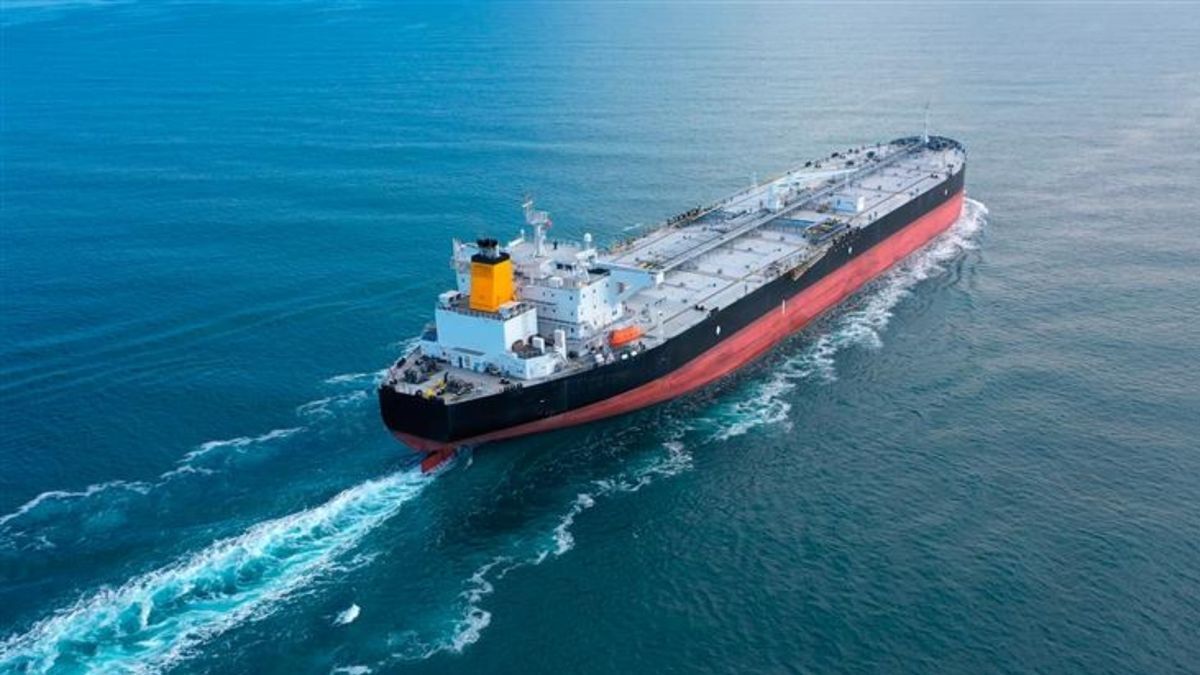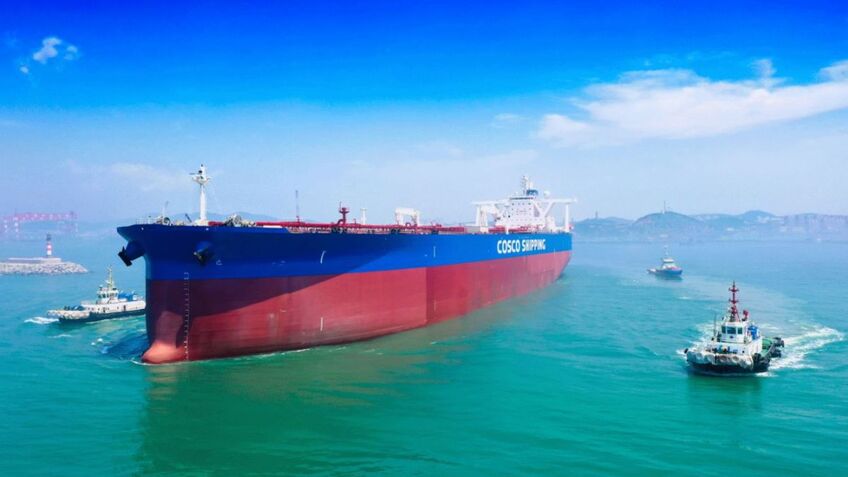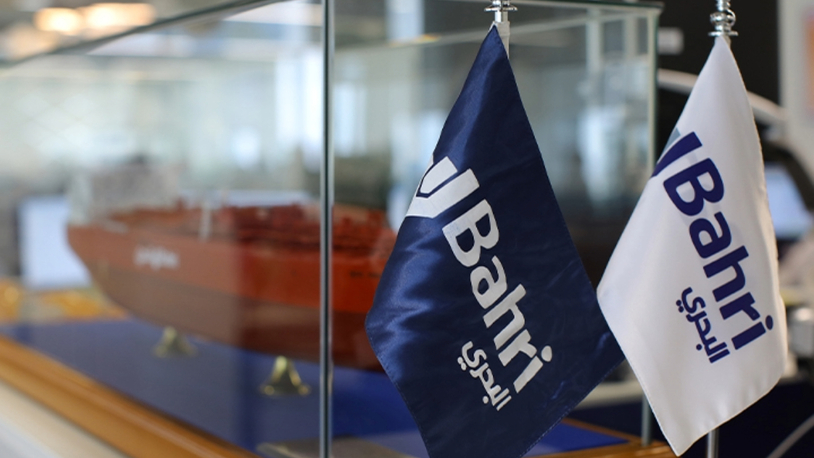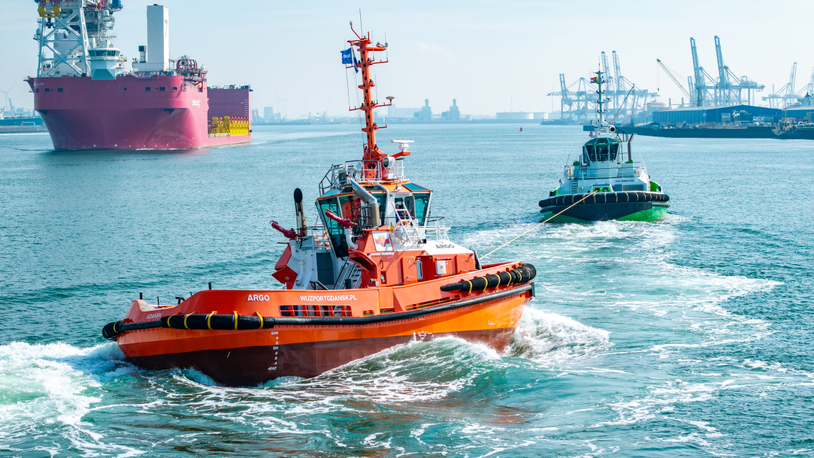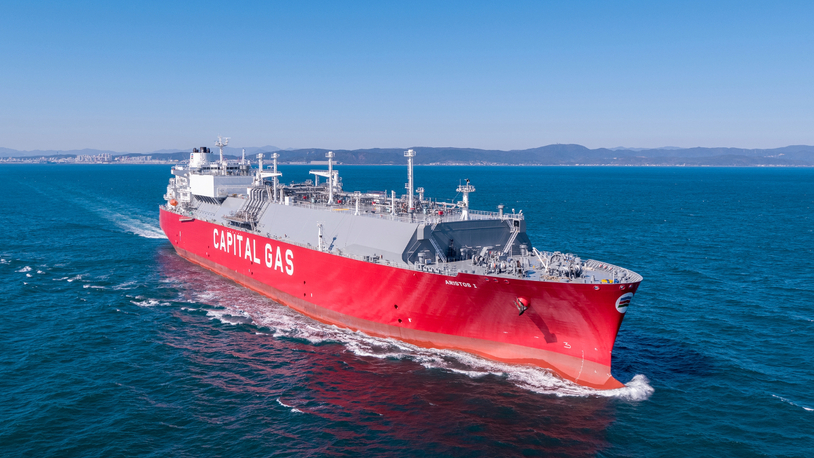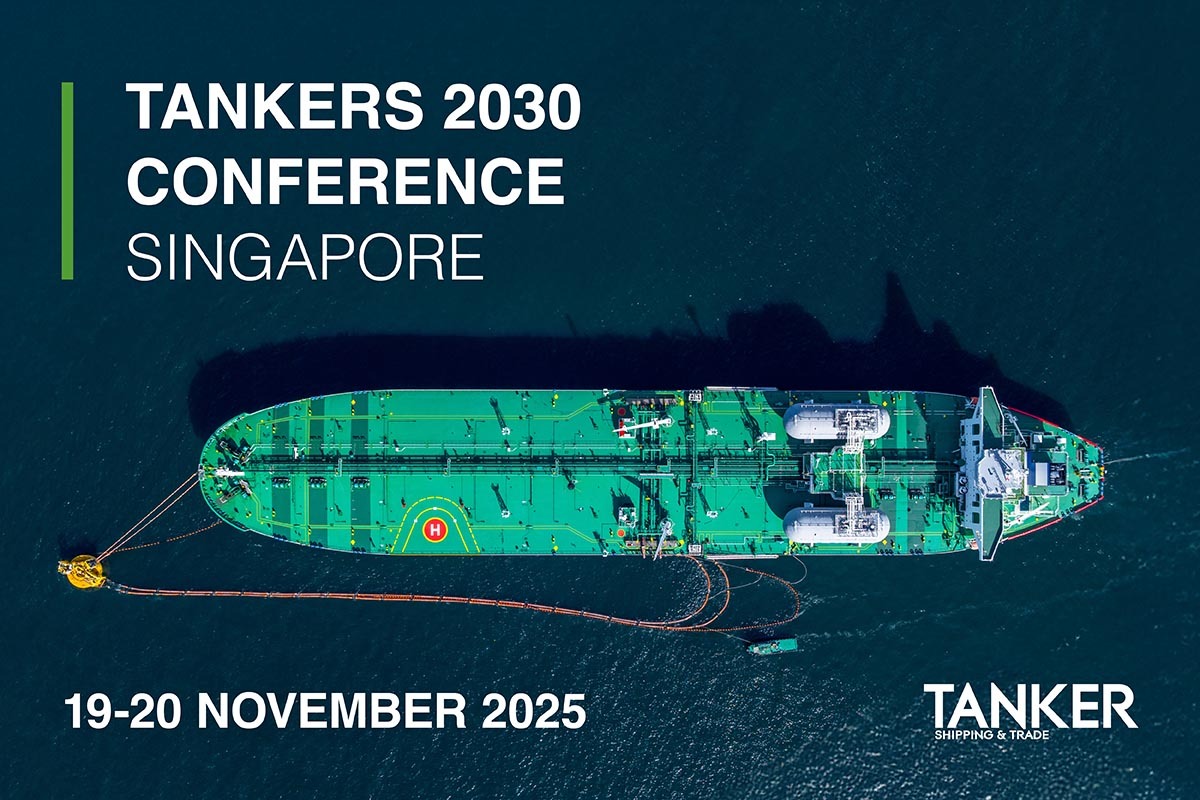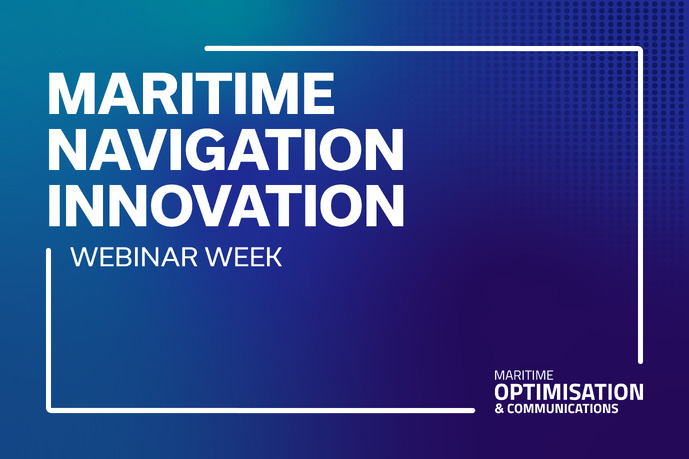Business Sectors
Events
Ship Recycling Webinar Week
Contents
Register to read more articles.
Will there be enough LNG carriers by 2030?
Drewry analyst Pratiksha Negi looks at a stacked LNG carrier delivery schedule, and asks: will there be enough suitable LNG carriers to serve demand?
Can the LNG carrier fleet scale fast enough to meet soaring liquefaction capacity and stricter environmental standards by 2030?
LNG liquefaction capacity is undergoing rapid expansion, and LNG fleet growth will keep shipping rates under pressure in 2025–26, reports independent shipping analysis firm Drewry in its latest LNG Forecast.
In the forecast, however, research associate Pratiksha Negi says rebalancing is likely from 2027 as massive liquefaction capacities of over 170M tonnes per annum (mtpa) become operational, while a slew of planned projects line up for final investment decision (FID).
Drewry anticipates that about 150-180 more LNG carriers will be required by the end of the decade once planned projects (over 200 mtpa) begin securing FIDs, with higher replacement tonnage and environmental scrutiny further necessitating vessel demand.
As it is, LNG shipping continues to grapple with a vessel surplus, amid robust deliveries. The fleet is projected to grow 9.6% in 2025, with 89 LNG carriers joining the fleet by the end of 2025. This trend will continue, with 94 and 92 LNG carriers scheduled to be delivered in 2026 and 2027, respectively.
High deliveries will keep the fleet inflated until 2027, with some easing thereafter, reports Drewry. New orders will remain low in 2025-26, following the highs of 2023-24. However, more orders are expected to follow from 2027, as extensive pre-FID capacities spur vessel demand.
Drewry expects the new momentum of ordering to rise from 2027, as planned capacities will require additional vessels. Meanwhile, about 170 mtpa of under-construction capacity will also become available by 2027, absorbing the ongoing vessel surplus and necessitating vessel demand for capacities scheduled post-2027.
According to Drewry’s orderbook, about 75% of the LNG carrier orders are on long-term charter, with some structurally open. As the nature of LNG shipping is long-term contracting, it will also keep the momentum going for new orders, especially when new LNG carriers (on order) will start serving LNG projects that are under construction and generating orders for vessels that will cater to the over 200 mtpa of planned capacities (uncontracted). According to Drewry’s vessel demand model, between 150 and 250 LNG carriers will be required by 2030 under base-case and high-case scenarios.
Moreover, Venture Global could boost the new order tally in 2025, and possibly in 2026, with most planned capacities reaching FID in subsequent years, with the recent one, CP2 LNG (20 mtpa), securing FID in July 2025.
The company is discussing with South Korean shipyards (HD Hyundai Heavy Industries, Hanwha Ocean, and Samsung Heavy Industries) to order up to 12 LNG carriers in 2025-26.
“Between 150 and 250 LNG carriers will be required by 2030”
With vessel surplus and weaker earnings, owners with older tonnage are forced to go for conversions or demolitions, as idling will prove costly and lay-ups will be inefficient. This is expected to provoke a surge in scrapping from 2025, with demolitions peaking by 2028. Additionally, the declining demolition age and increasing environmental scrutiny will challenge the status quo of current steam carriers.
Already, a record number of LNG carriers (eight LNG carriers as of end-July 2025) have been scrapped in 2025, and more are expected this year.
While there is growing speculation that steam turbine-engined LNG carriers will comply with IMO regulations for longer than expected, Drewry expects compliance alone to be insufficient to extend the life of steam-based LNG carriers. It is likely that most aged carriers, especially those above 15 years, will be pushed for demolitions, the report says. Only 15% of the current turbine-engined LNG carriers are less than 15 years old and could be deployed for short-haul trade beyond 2030, an option that Drewry is sceptical is realistic for turbine-engined LNG carriers. By 2030, regulatory and environmental scrutiny—particularly around emissions performance, fuel-efficiency and safety compliance, of dual-fuel diesel-electric (DFDE) and tri-fuel diesel-electric (TFDE) LNG carriers, is expected to intensify, spurring demand for more modern vessels.
“Only 15% of the current turbine-engined LNG carriers are below 15 years old ”
The replacement tonnage will create demand for new vessels. Meanwhile, stricter environmental regulations will compel shipowners and operators to replace their old tonnage, which are becoming economically unfeasible and non-compliant with growing maritime stringency. Companies such as MOL and QatarEnergy are already in the process of renewing their current fleets.
Drewry expects LNG shipping to move towards a long-haul trade in the long run, especially once Europe’s demand starts easing, following its peak in 2028-29. The current US-Europe trade will begin changing its course post-2030 as the continent will prioritise its net-zero goals. Meanwhile, Asian demand will grow stronger in the long run, commanding over 70% of the global LNG trade by 2040. The USA’s pivot from Europe, coupled with increasing Asian demand, will strengthen the US-Asia trade, leading to longer trade hauls and higher vessel absorption. Moreover, notes Drewry, evolving trade avenues with new terminals will also boost tonne-mile demand in the long run.
Supply-demand rebalancing, followed by a potential crunch, will boost rates in the long run, notes Drewry. In its base-case scenario, Drewry projects 150-180 LNG carriers to be required by 2030, given 200 mtpa of planned capacity is vying for FIDs between 2025 and 2027. The upcoming liquefaction capacities (with an added 170 mtpa of liquefaction volumes by 2027) will gradually absorb the surplus resulting from high vessel deliveries during 2025-27. Moreover, by the end of this decade, LNG shipping will face a supply crunch if ordering fails to pick up.
Riviera’s LNG Shipping & Terminals Conference will be held in London on 21-22 October 2025. Use this link to register your interest and attend the event.
Related to this Story
Events
Ship Recycling Webinar Week
International Bulk Shipping Conference 2025
Tankers 2030 Conference
Maritime Navigation Innovation Webinar Week
© 2024 Riviera Maritime Media Ltd.
